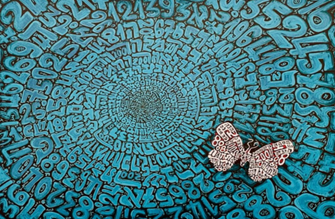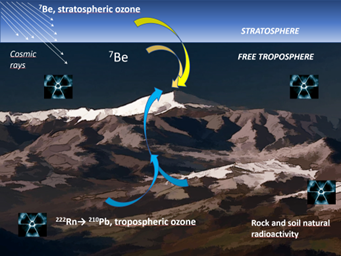Research activities

Our research activity mainly concerns airborne particulate matter (PM10, PM 2.5, PM1, size segregated sampling), its sources, and its connection with health, air quality, and climate change.
Our studies are focused on both highly polluted areas and remote low-background stations, reaching even extreme altitudes such as the stratosphere.
Experimental activity is based on extensive chemical speciation to achieve source apportionment but it includes integration of data from processed filters with aerosol physical high-resolution data, and meteorological data often including gaseous pollutants.

(Art by Tobia Ravà)
Owing to the huge amount of experimental data collected in our work (pertaining to the so-called BIG DATA), computational work is mandatory. Data interpretation and synthesis of the results are achieved only by means of advanced chemometric and statistical tools.

(Art by Laura Tositti)
We are also active in the field of radioactivity assessment. Radioactivity has set the basis for modern environmental science introducing the concept of exposure, dose, risk now extended to all the pollutants and ultimately, the conceptual basis for biogeochemistry. Our studies concern the use of radiotracers in the study of complex atmospheric processes and radiochronology/radiodating, but we also carry out extensive metrological activity of radioactivity as consultants (trade, building materials)